Effects of pegylated interferon/ribavirin on bone turnover markers in HIV/hepatitis C virus-coinfected patients
Citation: Bedimo R, Kang M, Tebas P, Overton ET, Hollabaugh K, McComsey G, Bhattacharya D, Evans C, Brown TT, Taiwo B. Effects of pegylated interferon/ribavirin on bone turnover markers in HIV/hepatitis C virus-coinfected patients. AIDS Res Hum Retroviruses. 2016 Apr;32(4):325-8. doi: 10.1089/AID.2015.0204. Epub 2015 Nov 24. PMID: 26499270. PMCID: PMC4817562.
Access full article:
https://www.ncbi.nlm.nih.gov/pubmed/26499270
HIV/hepatitis C virus (HCV) patients have a 3-fold increased fracture incidence compared to uninfected patients. The impact of HCV therapy on bone health is unclear. We evaluated bone turnover markers (BTM) in well-controlled (HIV RNA <50 copies/ml) HIV/HCV-coinfected patients who received pegylated interferon-α and ribavirin (PEG-IFN/RBV) in ACTG trial A5178. Early virologic responders (EVR: ≥2 log HCV RNA drop at week 12) continued PEG-IFN/RBV and non-EVRs were randomized to continuation of PEG-IFN alone or observation. We assessed changes in C-terminal telopeptide of type 1 collagen (CTX; bone resorption marker) and procollagen type I intact N-terminal propeptide (P1NP; bone formation marker), and whether BTM changes were associated with EVR, complete early virologic response (cEVR: HCV RNA <600 IU/ml at week 12), or PEG-IFN treatment. A total of 192 subjects were included. After 12 weeks of PEG-IFN/RBV, CTX and P1NP decreased: -120 pg/ml and -8.48 μg/liter, respectively (both p < 0.0001). CTX declines were greater in cEVR (N = 91; vs. non-cEVR (N = 101; p = 0.003). From week 12 to 24, CTX declines were sustained among EVR patients who continued PEG-IFN/RBV (p = 0.027 vs. non-EVR) and among non-EVR patients who continued PEG-IFN alone (p = 0.022 vs. Observation). Median decreases of P1NP in EVR vs. non-EVR were similar at weeks 12 and 24. PEG-IFN-based therapy for chronic HCV markedly reduces bone turnover. It is unclear whether this is a direct IFN effect or a result of HCV viral clearance, or whether they will result in improved bone mineral density. Further studies with IFN-free regimens should explore these questions.
AIDS Res Hum Retroviruses, 2016, 32(4):325-8
